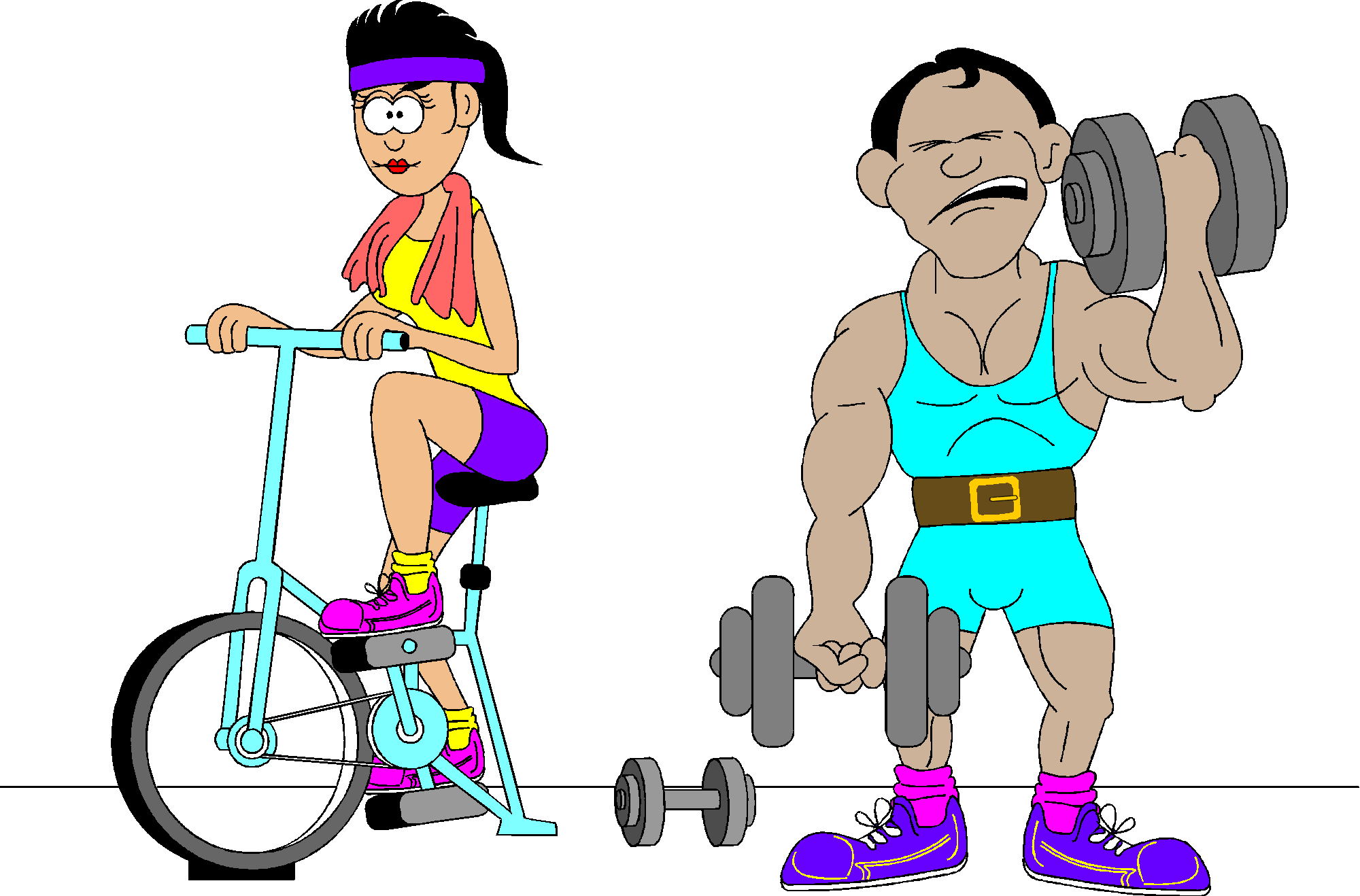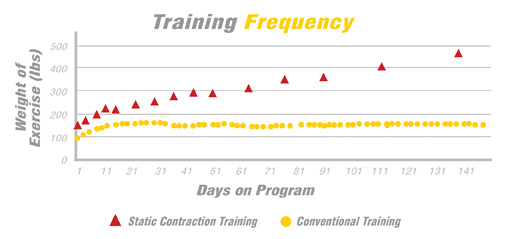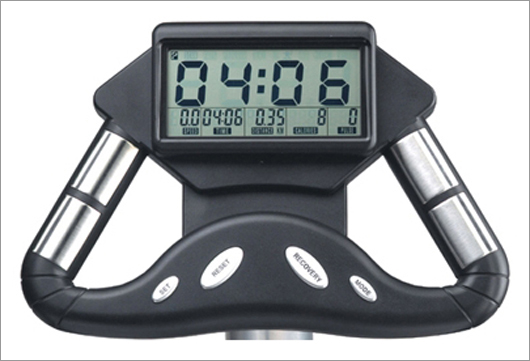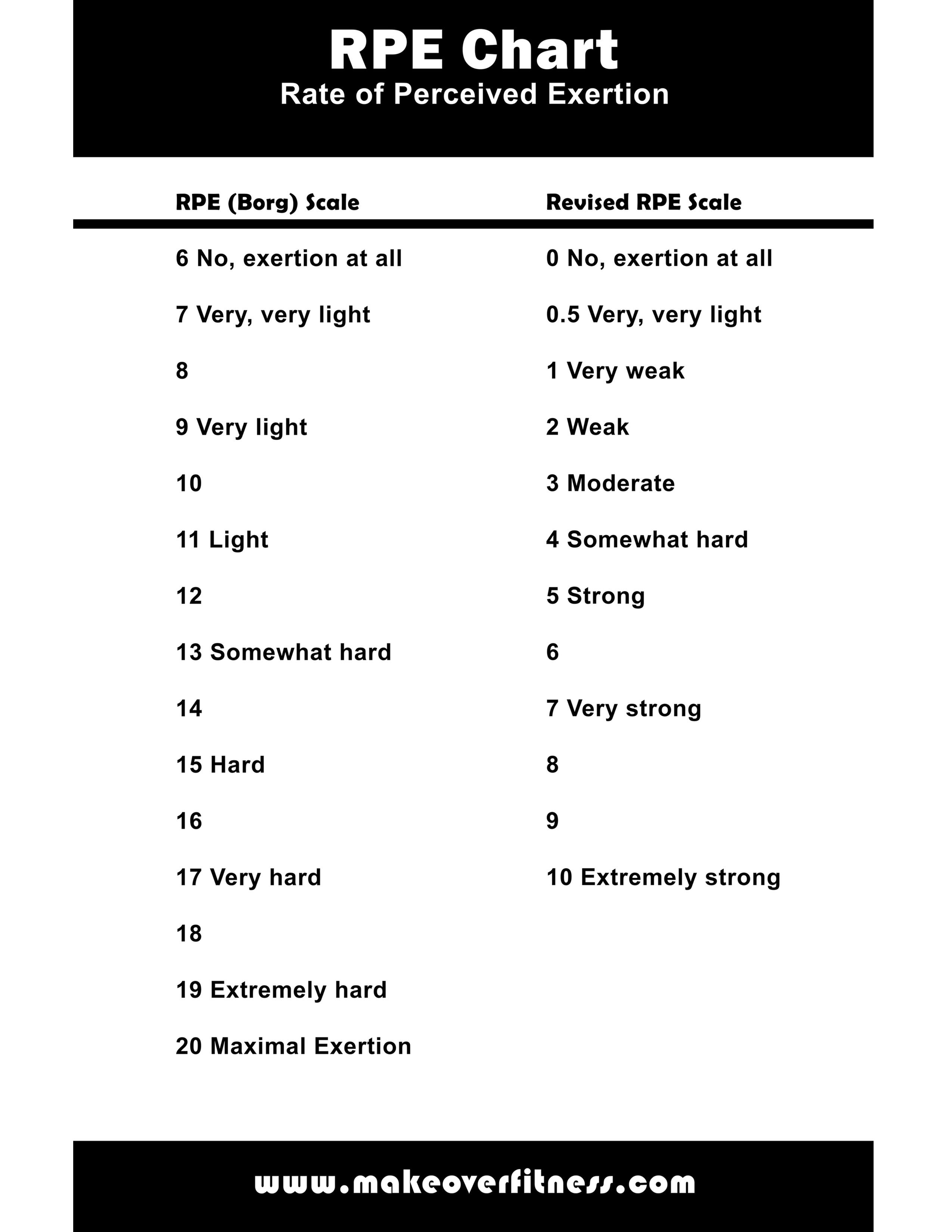Designing and finding a good workout routine is the main ingredient to reaching your fitness goals. An effective plan should be customized to fit your lifestyle and expectations. Knowing your goals, available equipment and available time helps with the planning of your workout. The exercises included should target the body parts you’re planning on sculpting. A good workout routine gives you a blueprint to build a great body.
Choosing the right plan
Whether your goal is to build muscles, toning, losing weight or training for a 5k, choosing the right workout plans is the key. When designing your routine, you must consider your workout type; the body parts your training, equipment and time.
Workout Types
The workout type you choose is basically your goal you expect to achieve. Examples of workouts type include: mass building, toning, cardio, and flexibility and endurance workouts. You must understand specifically what your fitness goal is before you start a program. i.e. I want to gain 10 pounds of rock hard muscles. I want to lose 15 pounds and tone my arms.
Available Equipment
To build a routine to follow you should know what equipment that is available for your use. For example, do you belong to a gym? How much equipment do you have at your home gym? Do you have access to equipment of a workout facility? If you are trying to reach a certain goal, you must buy or get access to the proper equipment.
List of popular workout equipment
Barbells
Bicycle
Dumbbells
Resistance Ball
Treadmill
Elliptical
Stability ball
Select your target body parts
When choosing a plan, you should find out what body parts you would like to target for each workout. It is recommended that your plan include at least one exercise from each muscle group. Featuring all of your muscles groups builds and maintains balance and strength. For example, you should have a day where you train your upper body muscles and another day for your lower body. You may also choose to break your body parts down by day. i.e. train legs and back on Tuesdays, Chest and abs on Friday’s etc. When choosing a muscle group to train you should make sure you are targeting all parts of that particular muscle. For example, if you are looking to tone your arms, you should choose a workout plan that targets both your triceps and bicep muscles.
Time
How much time you have available is important to know when designing a workout. You may have only 30 minutes on your lunch break or an hour after work. Depending on your schedule, there are thousands of workouts that range from 15 minutes to an hour long.
Typical Workout times
15 minutes
This is the minimum amount of time you should workout at a time. This type of workout should move fast and be very intense if you want results. Beginners should use this type of workout as introductions to different exercises. Examples of a 15 minute workout.
30 minute workout
This amount of time allows you to train more body parts in a session. Beginners can use this time frame to learn how to do each exercise and get an effective workout. Advanced individuals can train with an high intensity level with low rest times which burns fat calories while toning muscles.
45 minute workout
This amount of time gives you a chance to focus on specific body parts with proper rest in between sets. You have enough time to do weight lifting and cardiovascular exercises in the same workout. You can see good results in a 45 minute time slot.
1 hour workout
This amount of time allows you time to focus on several body parts and cardiovascular exercises. You have the option of working out with heavier weights with high rest times or faster intense workouts with more exercises. A person looking for great results should dedicate at least this amount of time in a workout.


 Great work out tips from a variety of fitness professionals.
Great work out tips from a variety of fitness professionals. Learn the frequency in which you should workout weekly.
Learn the frequency in which you should workout weekly. Learn how long you should workout for each session. It is recommended that you perform 20 to 60 minutes of continuous aerobic activity or weight training. This does not include warm-up and cool-down.
Learn how long you should workout for each session. It is recommended that you perform 20 to 60 minutes of continuous aerobic activity or weight training. This does not include warm-up and cool-down.